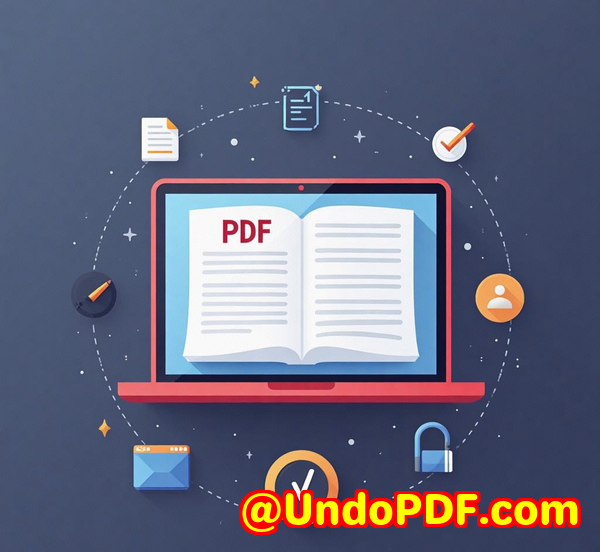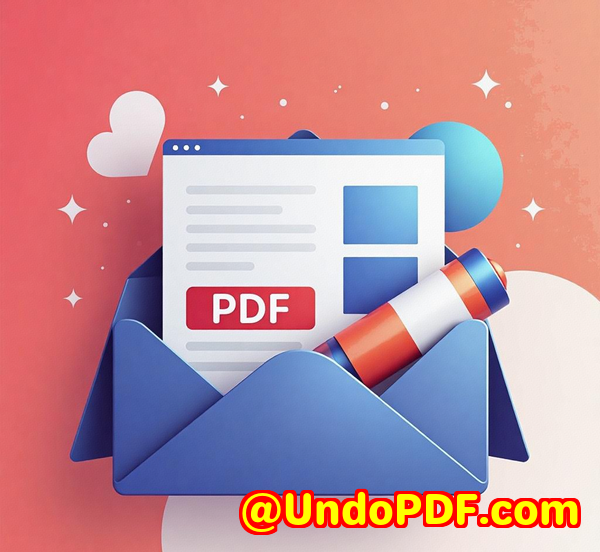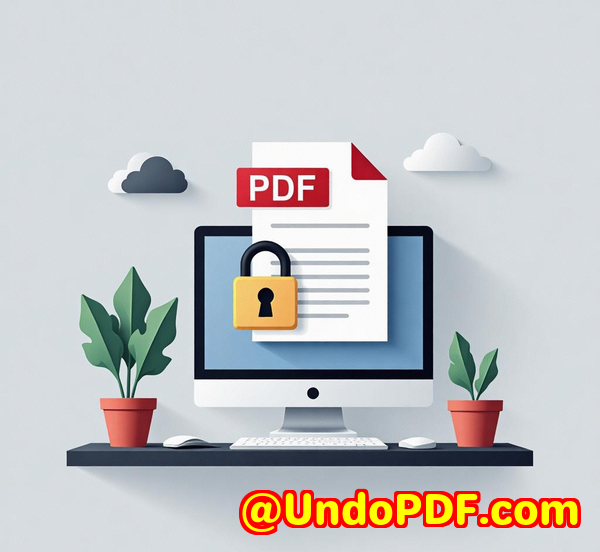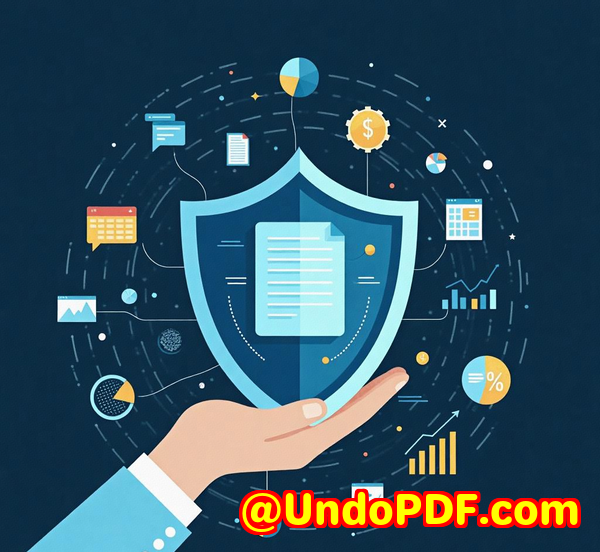How to Integrate VeryDOC PDF2Vector SDK into Your Workflow for Streamlined Document Conversion
How to Integrate VeryDOC PDF2Vector SDK into Your Workflow for Streamlined Document Conversion
Every day, professionals across industries find themselves bogged down with converting PDFs into more usable formats. Whether it’s for preparing presentations, extracting data from reports, or converting blueprints into formats that CAD software can handle, the process can quickly become overwhelming. The standard solution often involves manual conversion, which is not only time-consuming but prone to errors. But what if there was a way to automate the entire process and convert large volumes of PDF files into clean, scalable vector formats with just a few clicks? Enter VeryDOC’s PDF to Vector Converter Command Line SDK.

In this article, I’ll walk you through how to integrate VeryDOC PDF2Vector SDK into your workflow, making your document conversion process faster, smoother, and error-free. Whether you’re a developer looking to integrate it into your custom solutions or someone in need of a bulk conversion solution, this tool will serve as a game-changer.
Why Do You Need a PDF to Vector Converter?
I’ve been there myselfsitting in front of my computer, going through PDF after PDF, trying to convert them into something that could be imported into other applications. For instance, when I was working on a project that involved architectural designs, I had to convert hundreds of PDF files into scalable vector formats like WMF or SVG. Doing it manually would have taken hours, if not days. I needed a more efficient way to handle this. That’s when I discovered VeryDOC PDF2Vector SDK.
This tool solved my problem by converting PDF files to various vector formats, which I could easily import into my design software. It’s a command-line tool, meaning that it could run as part of automated workflows, saving me tons of time.
Key Features of VeryDOC PDF2Vector SDK
VeryDOC PDF2Vector SDK is more than just a PDF converter. It’s a versatile tool designed for developers and businesses that need to convert large volumes of PDF files to high-quality vector formats. Here’s a breakdown of some of the features I found most useful:
1. Wide Format Support
The SDK supports a wide range of output formats, including:
-
WMF (Windows Metafile)
-
EMF (Enhanced Metafile)
-
PS (PostScript)
-
EPS (Encapsulated PostScript)
-
SVG (Scalable Vector Graphics)
-
SWF (Flash)
-
XPS (XML Paper Specification)
-
HPGL (Plotter Language)
-
PCL (Printer Command Language)
These formats cover the most common file types used across industries like architecture, engineering, design, and web development. Having the ability to convert from PDF to EMF, for example, is crucial for anyone working in CAD systems, where vector graphics are the standard.
2. Batch Processing and Automation
When I first started using this tool, I was converting files manually, one at a time. But once I realized the power of batch processing, everything changed. With the batch mode feature, I could easily convert large volumes of PDFs to vector formats simultaneously. I didn’t have to wait for each conversion to finish; instead, the tool processed everything in the background, allowing me to focus on other tasks.
3. No Adobe Acrobat Needed
A huge win for me was that VeryDOC PDF2Vector SDK doesn’t require Adobe Acrobat or Adobe Reader. I didn’t have to worry about having the latest version of Acrobat installed or dealing with compatibility issues. The tool works independently, directly converting the PDF files to the desired format.
4. Easy Integration with Scripting Languages
Whether you’re working with C#, PHP, Python, or JavaScript, integrating the SDK into your existing systems is a breeze. The SDK is available via a COM object, DLL library, or Command Line, which means it can be used across various programming languages and platforms. For developers, this is a huge plusit’s flexible and can fit into your current tech stack.
5. Support for Password-Protected PDFs
Another pain point I encountered with other tools was handling password-protected PDFs. VeryDOC handles encrypted PDFs directly, meaning I didn’t have to manually unlock files before converting them. The tool allows me to input owner and user passwords, making it incredibly convenient.
Use Cases: Who Benefits from This Tool?
So, who exactly would benefit from VeryDOC PDF2Vector SDK? Here are a few scenarios:
-
Architects and Engineers: If you’re working with blueprints, CAD designs, or technical drawings, you likely need to convert PDFs into vector formats like EMF, WMF, or HPGL. These formats are ideal for scaling and editing in CAD software.
-
Web Developers: For anyone designing websites or applications that use vector graphics, converting PDF reports and charts into SVG format allows for easy integration into web pages and applications.
-
Graphic Designers: Converting PDFs to vector formats like SVG or EPS ensures you have high-quality, scalable graphics that can be resized without losing clarity.
-
Printing and Publishing: If you’re in the printing business, converting **PDFs to PCL or PostScript formats is essential for optimal print quality and compatibility with industrial printers.
For me, as a designer, the ability to convert PDFs to vector formats saved me a ton of time, especially when working with clients who needed editable, high-quality vector graphics for their presentations or marketing materials.
Advantages Over Other Tools
You might wonder, “Why not just use other tools out there for PDF conversion?” I’ve tried a few alternatives, and while some of them were decent, they didn’t offer the flexibility, batch processing, and wide format support that VeryDOC PDF2Vector SDK provides. Here’s a quick comparison:
-
Other Tools:
-
Limited format support.
-
Often require Adobe Acrobat to function.
-
Manual conversion processno automation.
-
Typically, don’t handle password-protected PDFs well.
-
-
VeryDOC PDF2Vector SDK:
-
Supports multiple vector formats (EMF, SVG, EPS, etc.).
-
Works independently of Adobe Acrobat.
-
Can batch convert multiple PDFs at once.
-
Handles password-protected PDFs seamlessly.
-
Integrates easily with development workflows.
-
In short, VeryDOC PDF2Vector SDK saved me both time and frustration. It’s a powerful tool that does exactly what it promises, without all the extra hassle of dealing with slow or outdated software.
How I Integrated PDF2Vector SDK into My Workflow
Integrating VeryDOC PDF2Vector SDK into my workflow was easier than I expected. Here’s how I did it:
-
Step 1: Install the SDK
First, I downloaded the SDK from VeryDOC’s website. The installation process was straightforward, and it didn’t take long to get everything up and running.
-
Step 2: Set Up Command-Line Commands
Since I wanted to automate the process, I started using the command-line interface. I set up a batch script that would take all the PDFs in a folder and convert them into SVG format. Here’s a quick example of a command I used:
This command told the SDK to convert the in.pdf file to an SVG file and save it to the out.svg path.
-
Step 3: Automate with Cron Jobs
To further streamline the process, I set up a cron job (Linux/Mac) or scheduled task (Windows) to run the script every evening. This way, the conversion happens automatically, and I don’t have to worry about it.
Conclusion
If you’re dealing with large volumes of PDFs and need to convert them into high-quality vector formats, VeryDOC PDF2Vector SDK is the tool for you. It’s easy to integrate into your workflow, supports a wide range of formats, and offers powerful features like batch processing and password protection handling.
From my experience, I highly recommend this tool to anyone in industries like design, architecture, publishing, or web development who needs to handle PDF conversions quickly and efficiently. It’ll save you time, reduce errors, and make your document conversion process a breeze.
Click here to try it out for yourself: https://www.verydoc.com/pdf-to-vector.html
Custom Development Services by VeryDOC
VeryDOC also offers custom development services to meet your unique technical needs. Whether you require specialized PDF processing solutions for Linux, macOS, Windows, or server environments, VeryDOC’s expertise spans a wide range of technologies and functionalities.
If you have specific technical needs or require customized solutions, please contact VeryDOC through its support center at https://support.verypdf.com/ to discuss your project requirements.
FAQ
1. Can I convert a password-protected PDF with VeryDOC PDF2Vector SDK?
Yes, the SDK can handle encrypted PDF files directly, provided you enter the correct owner or user password.
2. Does the SDK support batch conversion?
Absolutely. You can batch convert multiple PDFs simultaneously using the command-line interface.
3. Which output formats are supported?
The SDK supports multiple vector formats, including EMF, WMF, SVG, EPS, SWF, and many others.
4. Do I need Adobe Acrobat to use the tool?
No, you don’t need Adobe Acrobat or Adobe



